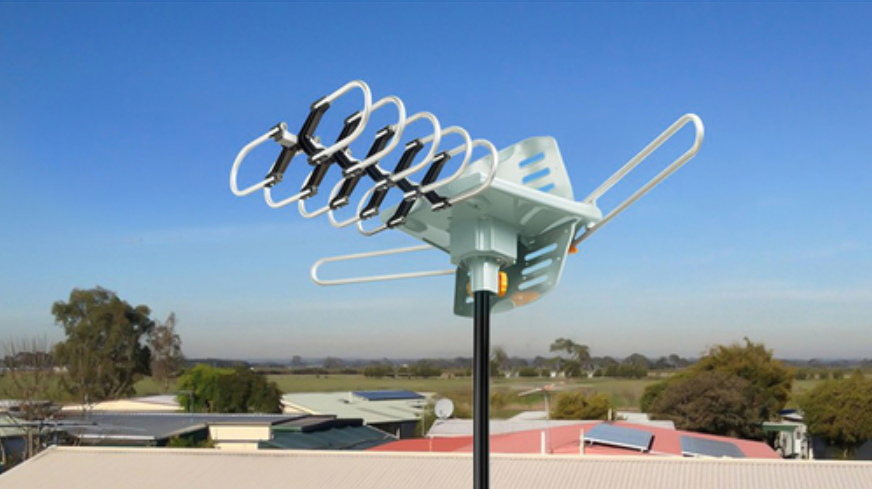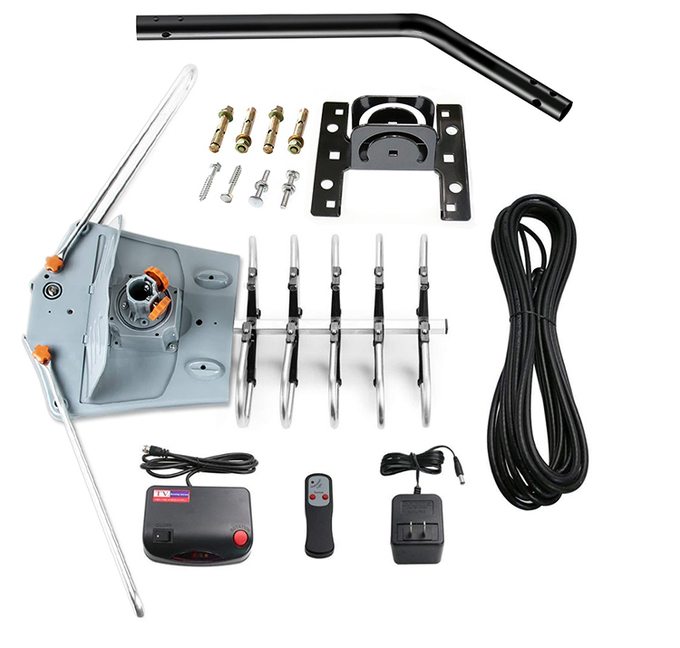 0
Time
0
Time 2021/12/02
2021/12/02
 Baiao Electronics Technology
Baiao Electronics Technology

The yagi antenna works like this (taking the three-element antenna reception as an example): the guider is slightly shorter than half the wavelength, the main oscillator is equal to half the wavelength, the reflector is slightly longer than half the wavelength, and the two oscillators are a quarter of the wavelength apart.At this point, the guide to the induction signal is "capacitive", current leading voltage 90°;The electromagnetic wave induced by the guide will radiate to the main vibrator, and the radiation signal will lag behind the signal 90° that directly arrives at the main vibrator from the air after a distance of one quarter wavelength, which just cancellations the "advance" caused by the front.

The two are in the same phase, so the signal is superposition and is strengthened.The reflector is slightly longer than half the wavelength and is inductive, with a current lag of 90°, plus another 90° lag in radiation to the main oscillator, which is exactly 180° away from the signal directly added to the main oscillator from the direction of the reflector, which acts as an offset.Strengthening in one direction and weakening in the other gives a strong directionality.The same is true of the emission state.

Telephone
